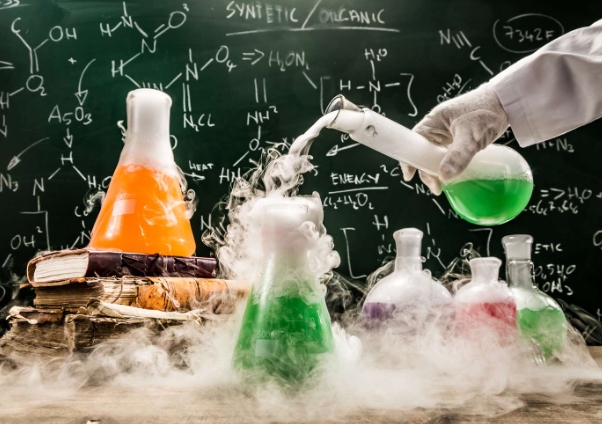In the realm of chemical reactions, catalysts play a pivotal role in accelerating the rate of reactions without being consumed in the process. However, the world of catalysts is not limited to synthetic compounds alone. In recent years, biocatalysts have emerged as powerful tools in various industries, offering unique advantages over traditional catalysts. In this article, we will delve into the key differences between biocatalysts and catalysts, exploring their mechanisms, applications, and potential implications for the future.
- Definition and Composition:
Catalysts:
Catalysts are substances that facilitate chemical reactions by lowering the activation energy required for the reaction to occur. They remain unchanged at the end of the reaction and can be used repeatedly. Catalysts can be inorganic, organic, or organometallic compounds, and they often rely on transition metals to facilitate the reaction.
Biocatalysts:
Biocatalysts, on the other hand, are enzymes or whole cells derived from living organisms. Enzymes are proteins that act as highly efficient catalysts, accelerating reactions in living systems. Biocatalysts offer a distinct advantage over traditional catalysts as they are derived from renewable resources and exhibit high specificity and selectivity.
- Mechanism:
Catalysts:
Traditional catalysts function by providing an alternative reaction pathway with lower activation energy. They achieve this by interacting with the reactants, stabilizing transition states, or altering the electronic environment. Catalysts can participate in multiple reaction cycles, making them highly efficient.
Biocatalysts:
Biocatalysts, specifically enzymes, possess a unique three-dimensional structure that enables them to bind with specific substrates. Enzymes catalyze reactions by facilitating the formation of an enzyme-substrate complex, which lowers the activation energy required for the reaction to proceed. The specificity of biocatalysts allows for precise control over reaction outcomes.
- Applications:
Catalysts:
Traditional catalysts find extensive applications in the chemical industry, including the production of fuels, polymers, pharmaceuticals, and fine chemicals. They are also used in environmental processes such as catalytic converters to reduce harmful emissions from vehicles.
Biocatalysts:
Biocatalysts have gained prominence in various industries, including pharmaceuticals, food and beverage, agriculture, and biofuels. Enzymes are employed in the synthesis of pharmaceutical intermediates, production of bioactive compounds, flavor enhancement, and the conversion of biomass into renewable fuels. Biocatalysis offers greener and more sustainable alternatives to traditional chemical processes.
- Advantages and Challenges:
Catalysts:
Traditional catalysts offer broad applicability, high stability, and well-established reaction conditions. They can often withstand harsh reaction conditions and exhibit robust catalytic activity. However, they may require the use of toxic or expensive metals, and their synthesis can be energy-intensive.
Biocatalysts:
Biocatalysts provide several advantages, including high selectivity, mild reaction conditions, and compatibility with aqueous environments. They are derived from renewable resources and can be produced through biotechnological processes. However, biocatalysts may have limited stability, require specific pH and temperature conditions, and can be sensitive to inhibitors or denaturing agents.
Conclusion:
In summary, while both catalysts and biocatalysts serve the purpose of accelerating chemical reactions, they differ significantly in their composition, mechanism, and applications. Traditional catalysts offer versatility and stability, while biocatalysts provide specificity and sustainability. The choice between the two depends on the desired reaction, reaction conditions, and environmental considerations. As industries strive for greener and more efficient processes, the utilization of biocatalysts is expected to grow, revolutionizing various sectors and paving the way for a more sustainable future.




More Stories
Choosing the Right JA Solar Panel Model for Your Needs
Why 51.2V Low Voltage LFP Batteries Deliver Exceptional Lifespan and Cycle Durability?
Unlocking Smart Energy: Key Benefits of a 3 kW Hybrid Grid Solar Inverter